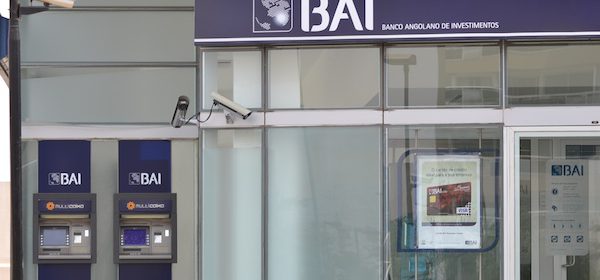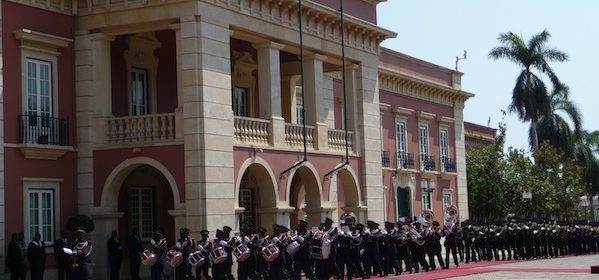The Presidencys Military Bureau and the Kidnappings
It is now two weeks since Alves Kamulingue, 30, was abducted while walking around downtown Luanda at midday on May 27. Kamulingue was on his way to a demonstration that had been scheduled to bring together former members of the Presidential Guard Unit (UGP) and war veterans to demand the payment of their pensions. On May 29, his friend Isaías Cassule, 34, one of the organisers of the protest, was also seized at dusk in the Cazenga district of Luanda. Kamulingue’s wife, Isa Rodrigues, has received anonymous phone calls that have claimed the missing men are in a police unit somewhere on the outskirts of Luanda. These rumours have started to circulate, including among journalists, contradicting other rumours that have spread on the internet claiming that the men have been executed. The calls come from unknown numbers and are then switched off so that the families cannot call back and […]
Read more


-860x280.jpg)